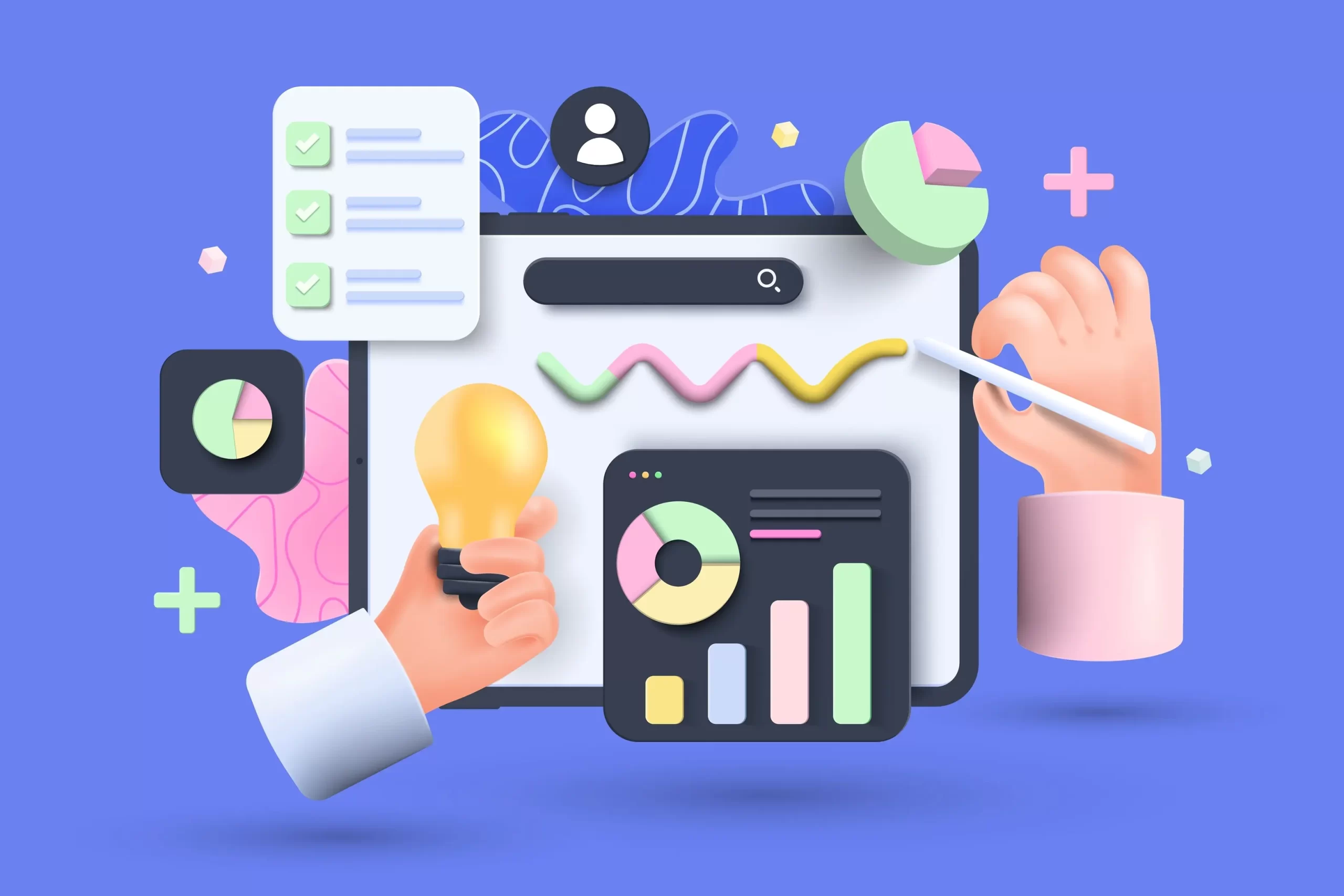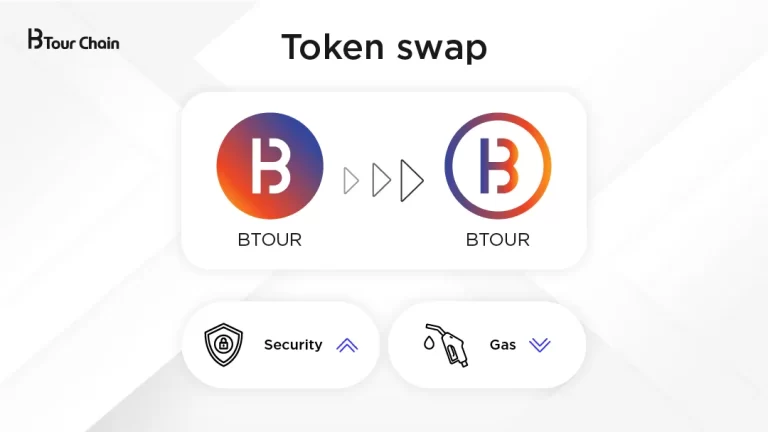First Party Data and You: What is it?
Over the past months, we’ve mentioned several times that with our solutions, you can gather first-party data. But we actually never really explained what it is and what it means for your organization. Today, we’ve decided to tell you more about it!
Before we get started, it’s important to grasp the different types of data available out there. Data is, obviously, important for any organization as it offers insights into virtually anything. However, identifying and selecting the most pertinent data can be a challenging task.
As of today, there are three main categories of data:
- First-Party Data: This is the key focus of this blog, so we’ll get back to it later.
- Second-Party Data: This data comes from collaboration between organizations, where valuable insights are exchanged.
- Third-Party Data: This is purchased from external suppliers and are often less reliable and accurate as they were not gathered for your organization.
Now, let’s focus on first-party data!
First-party data is the backbone of insights, gathered directly from interactions with the public (or your audience). Picture signing up for a supermarket’s loyalty program or receiving a satisfaction survey from an airline after your flight: these are basically a mean for both the supermarket and airline to gather first-party data! They provide insights into customer emotions and preferences.
So what are the benefits of first-party data? Well, it goes beyond reliability and accuracy. It equips marketers and other specialists with the tools necessary to understand their market, customers, and more. By leveraging first-party data, organizations can tailor their strategies to deliver customized experiences that resonate with their audience, ultimately leading to business growth.
But that’s not all! Prioritizing first-party data collection isn’t just about gathering insights; it’s also about building trust. By adhering to data protection laws and commitment to transparent data practices, organizations exhibit their dedication to ethical conduct. This results in trust and loyalty among customers, which sets the foundation for lasting relationships.
Fun fact
Did you know that some people are now discussing zero-party data? Zero-party data refers to information that individuals willingly share without being asked by organizations. For example, when someone comments their opinion on the brand’s Instagram page, it’s called zero-party data. While it’s an intriguing concept, it highlights the ever changing landscape of data collection and consumer interaction.
To sum up, it’s important to make the collection of first-party data a priority. This data is a goldmine for shaping digital strategies, enhancing insights, and building stronger connections with the audience. Plus, prioritizing first-party data shows commitment to respecting privacy and building successful customer relationships. It’s the key to navigating the data landscape effectively and fostering sustainable growth.








 Marsha Vande Berg
Marsha Vande Berg Sir David Wright
Sir David Wright 한승수
한승수 Abdulrahmaan Murtadha Al Ansaari
Abdulrahmaan Murtadha Al Ansaari
 Pablo Bereciartua
Pablo Bereciartua Ben Shenglin
Ben Shenglin Loic Fauchon
Loic Fauchon Om Prakash Bhatt
Om Prakash Bhatt Louis Cheung
Louis Cheung Jan Kavan
Jan Kavan Ching Man Ho
Ching Man Ho Chairul Tanjung
Chairul Tanjung Suh Nam Pyo
Suh Nam Pyo Subin Pinkayan
Subin Pinkayan